The kob is an iconic African antelope known for its distinctive appearance and graceful movements. Males have impressive curved horns that can reach up to 90 centimeters (35 inches) in length, while females have shorter and straighter horns. During the mating season, known as the “rut,” males engage in vigorous displays of dominance to attract females.
Kobs are social animals and often form large herds, especially during migrations or in areas with abundant food resources. They have adapted to various habitats and are capable swimmers, often crossing rivers and water bodies during their movements.
This antelope resembles the impala in appearance, although the two species are unrelated. The Ugandan kob is typically reddish-brown in color, while other subspecies range from light brown to nearly black. The underside of the body is white, with a white ring around each eye and a white patch or chevron on the neck, as well as a black stripe running down the front of each foreleg. Males have horns, which are lyre-shaped but shorter, thicker, and ringed almost to the tip.
Kobus kob is found in Africa’s wet savannah zones, from Senegal to western Kenya.
Kob tend to live near permanent bodies of water. They are found in damp savannah, floodplains, and forest edges. Elevated locations with short grass are ideal habitat for leks.
Kob: Species Profile
COMMON NAME: Kob
SWAHILI NAME: –
SCIENTIFIC NAME: Kobus kob
TYPE: Mammal
FOOD: The kob is a herbivorous animal that primarily feeds on grasses, sedges, and other vegetation found in its habitat. It is a selective feeder, choosing the most nutritious plant species available.
HABITAT: Kobs are found in various habitats across sub-Saharan Africa, including grasslands, floodplains, savannas, and wetlands. They prefer areas with a mix of tall grasses and open spaces for grazing.
SIZE: Kobs are medium-sized antelopes, with males being larger than females. Adult males can reach a shoulder height of about 90-100 centimeters (35-39 inches) and weigh between 150-250 kilograms (330-550 pounds). Females are slightly smaller and lighter.
AVERAGE LIFE SPAN IN THE NATURAL HABITAT: In the wild, kobs have an average lifespan of 10-15 years, although some individuals have been known to live up to 20 years.
ACTIVE: Kobs are primarily diurnal, meaning they are active during the day. They are known for their leaping and pronking behavior, where they jump with all four feet off the ground simultaneously, especially during mating displays or when alarmed.
GESTATION PERIOD: The gestation period of a kob is approximately 8-9 months. After this period, the female gives birth to a single calf, which can stand and walk within a short time.
WEIGHT: Adult male kobs weigh between 150-250 kilograms (330-550 pounds), while females weigh around 120-200 kilograms (265-440 pounds).
Physical Features and Adaptations:
The kob is a medium-sized antelope with a robust build and a reddish-brown coat. Males possess magnificent, spiraled horns that can reach impressive lengths, while females have smaller, straighter horns or no horns at all. Their long legs and slender bodies are adaptations that enable them to navigate the grassy plains with agility and speed. Additionally, their keen senses, including sharp eyesight and acute hearing, assist them in detecting predators and potential threats.
Habitat and Distribution:
Kobs inhabit a range of habitats, including open grasslands, floodplains, and woodland savannas. They are primarily found in the sub-Saharan regions of Africa, spanning countries such as Uganda, Sudan, Ethiopia, and Tanzania, among others. Kobs are well adapted to both wet and dry environments, showcasing their ability to thrive in various landscapes.
Behavior and Social Structure:
Territorial Behavior:
Male kobs are known for their impressive territorial displays, which involve establishing and defending territories to attract females for mating. These displays often include vigorous bouts of sparring, vocalizations, and striking poses to assert dominance. The size and quality of a male’s territory play a significant role in determining his reproductive success.
Group Dynamics:
Kobs typically form large herds consisting of females, juveniles, and a few dominant males. These herds can range in size from a few individuals to several hundred, providing safety in numbers and enhancing vigilance against predators. The dominant males, known as “territorial bulls,” guard and mate with the females in their respective territories, while non-territorial males form bachelor herds.
Conservation Status and Efforts:
The kob is currently classified as a species of “Least Concern” on the International Union for Conservation of Nature (IUCN) Red List. While they face some localized threats, such as habitat loss and hunting, they maintain stable populations across their range. Protected areas and national parks play a vital role in safeguarding kob populations, ensuring the preservation of their habitats and minimizing human-wildlife conflicts.
Kobus Kob:
The Kobus kob’s graceful appearance, remarkable territorial behavior, and complex social structure make it a captivating symbol of the African grasslands. Its ability to adapt to diverse habitats and engage in elaborate mating displays highlights the fascinating world of wildlife behavior. By supporting conservation efforts, promoting sustainable land management practices, and raising awareness about the importance of protecting the kob and its habitat, we can contribute to the long-term survival of this majestic antelope species and the preservation of Africa’s unique biodiversity.
Ugandan Kob
The Ugandan kob (Kobus kob thomasi) is a subspecies of the antelope kob. It may be found in South Sudan, Uganda, and the Democratic Republic of the Congo in Sub-Saharan Africa. The Ugandan kob is distinguished from other kob subspecies by its reddish-brown coat.
A Ugandan kob appears on Uganda’s coat of arms, along with a grey crowned crane (Balearica regulorum gibbericeps), signifying the country’s plentiful wildlife.
The Ugandan kob resembles the impala in appearance, although it is more robustly constructed. Males have horns that are lyre-shaped, heavily ridged, and divergent.
This subspecies is found only in East Africa. It is found in South Sudan, Uganda, and the north-eastern Democratic Republic of the Congo. Its range used to extend into northern Tanzania, where it grazed the grasslands around Lake Victoria, and southern Kenya, but it is now extinct in both of these countries.
Kob Adaptations:
The kob (Kobus kob) is a majestic antelope species that inhabits the grasslands and savannas of Africa. These graceful creatures have developed various adaptations that enable them to survive and thrive in their challenging environments. Let’s explore some of the key adaptations of the kob:
1. Coats and Coloration
Kobs have a short, sleek coat that provides them with protection and helps regulate their body temperature. Their coloration varies depending on the subspecies and gender. Male kobs typically have a reddish-brown coat, while females exhibit a lighter, sandy color. This difference in coloration helps with camouflage and blending into their surroundings.
2. Impressive Horns
Both male and female kobs possess impressive curved horns, but the horns of males are larger and more robust. The male’s horns are used for territorial displays and competitive interactions with other males during mating season. These strong horns also serve as a defense mechanism against predators, allowing kobs to protect themselves and their herds.
3. Leaping Abilities
Kobs are known for their incredible leaping abilities, which help them navigate the uneven terrain of their habitat. They can leap over obstacles and make agile maneuvers to escape predators or reach food sources. Their powerful hind legs provide the necessary strength and propulsion for these impressive leaps.
4. Social Behavior
Kobs are highly social animals and form herds consisting of females and their offspring. These herds can range from a few individuals to several dozen. Living in groups enhances their safety, as more individuals can be on the lookout for predators. It also allows for communal defense and cooperation in finding food and water sources.
5. Adaptation to Seasonal Migration
In certain regions, kobs undertake seasonal migrations in search of food and water. They are well adapted to these long-distance movements and can cover significant distances in search of greener pastures. This migration strategy helps them survive during times of scarcity and ensures their long-term survival.
6. Grazing and Digestive System
Kobs are primarily grazers, feeding on grasses and other vegetation. Their digestive system is specially adapted to efficiently extract nutrients from plant material. They have a complex stomach with multiple chambers, allowing them to break down and ferment the tough plant fibers they consume.
7. Acute Senses
Kobs possess keen senses, including sharp eyesight and excellent hearing. Their large eyes provide a wide field of vision, allowing them to detect potential threats even from a distance. Their acute hearing helps them detect the sounds of predators or other animals in their vicinity, enabling them to respond quickly and appropriately.
8. Adaptation to Variable Water Sources
Kobs have adapted to survive in environments with variable water sources. During the dry season, they can obtain a significant portion of their water requirements from the moisture present in the vegetation they consume. This adaptation allows them to thrive in areas where water may be limited for extended periods.
Thriving in the African Savanna
The remarkable adaptations of kobs have enabled them to flourish in the African savanna, where they play a vital role in the ecosystem. Their ability to withstand the challenges of their habitat showcases their resilience and remarkable evolutionary traits.
Where to See the Kob in Tanzania:
If you’re an avid wildlife enthusiast visiting Tanzania, you might be wondering where you can catch a glimpse of the magnificent kob (Kobus kob). Known for its elegance and unique adaptations, the kob can be found in specific regions of Tanzania. Here are some notable locations where you can potentially spot these captivating antelopes:
1. Serengeti National Park
One of Tanzania’s most renowned national parks, the Serengeti is a vast wilderness that provides an ideal habitat for various wildlife species, including kobs. The open grasslands and savannas of the Serengeti are home to sizeable kob populations, offering ample opportunities for sightings, especially during the dry season when they gather around watering holes.
2. Ruaha National Park
Located in the southern part of Tanzania, Ruaha National Park is known for its diverse wildlife and rugged landscapes. The park boasts an impressive population of kobs, and their presence can be observed as they graze on the savanna plains or navigate through the riverine forests. Game drives and guided safaris in Ruaha offer excellent chances to spot these graceful antelopes.
3. Katavi National Park
Katavi National Park, situated in western Tanzania, remains relatively untouched and offers a remote and exclusive wildlife experience. The park is home to a significant number of kobs, which can often be seen in large herds roaming the vast grasslands. Exploring Katavi’s remote corners on a safari adventure may reward you with remarkable encounters with these captivating antelopes.
4. Selous Game Reserve
Covering a vast area of southern Tanzania, the Selous Game Reserve is a UNESCO World Heritage Site and one of Africa’s largest protected areas. The diverse ecosystems of the reserve provide a suitable habitat for kobs. Exploring the woodlands, grasslands, and river systems of Selous increases the chances of spotting these antelopes, especially during the dry season when they gather near water sources.
5. Ngorongoro Conservation Area
The Ngorongoro Conservation Area, encompassing the iconic Ngorongoro Crater, is a unique and breathtaking destination for wildlife enthusiasts. While the crater is known for its dense concentration of wildlife, including lions and elephants, kobs can also be found here. Keep a keen eye as you explore the grassy plains and acacia woodlands of this remarkable area.
Discovering the Realm of the Graceful Antelope
It’s important to note that wildlife sightings are influenced by various factors, including seasonal changes and animal behavior. To maximize your chances of spotting kobs and other wildlife in Tanzania, it is recommended to consult with experienced safari guides or tour operators who have extensive knowledge of the local ecosystems and animal movement patterns.
Remember, observing wildlife in their natural habitat is a privilege, and it’s essential to do so responsibly and with respect for the animals and their environment. Adhere to park regulations, maintain a safe distance, and enjoy the beauty of these graceful antelopes in their natural home.
Kob Safari Tips:
Embarking on a safari to witness the beauty and grace of the kobs (Kobus kob) in Tanzania is an exciting adventure. These majestic antelopes have unique behaviors and adaptations that make observing them in their natural habitat a truly remarkable experience. To enhance your kob safari, here are some tips to keep in mind:
1. Choose the Right Time: The best time to spot kobs is during the dry season, which typically lasts from June to October. During this period, vegetation is sparse, and kobs gather around watering holes and open grasslands, making them more visible and increasing the chances of sightings.
2. Book Experienced Guides: To maximize your chances of encountering kobs, it’s advisable to book a safari with experienced guides who are knowledgeable about the behavior and habitat of these antelopes. They can take you to the most promising areas and provide valuable insights into the lives of kobs.
3. Opt for Game Drives and Walks: Game drives and guided walks are excellent ways to explore the habitats of kobs. Game drives allow you to cover larger areas and increase the possibility of encountering kobs in different settings. Guided walks provide a more immersive experience, allowing you to observe kobs up close while enjoying the sights, sounds, and smells of the African wilderness.
4. Be Patient and Observant: While on safari, patience is key. Kobs can be elusive at times, so it’s important to remain patient and observant. Scan the grasslands, open plains, and woodlands carefully, keeping an eye out for any movement or signs of kobs. Their reddish-brown coats blend remarkably well with the surroundings, so a keen eye is essential.
5. Listen for Alarm Calls: Kobs are vigilant creatures and rely on their acute hearing to detect potential threats. Keep an ear out for alarm calls from other animals, such as birds or monkeys, as they may signal the presence of predators. If you hear alarm calls, it’s worth investigating the area as kobs may also be on alert.
6. Respect Wildlife and Their Habitat: When observing kobs and other wildlife, it’s crucial to respect their natural habitat. Keep a safe distance and avoid disturbing or approaching them too closely. Use binoculars or telephoto lenses to appreciate their beauty without causing any stress or harm. Remember, you are a guest in their home.
7. Capture Memories Responsibly: Photographing kobs is a fantastic way to preserve your safari memories. Ensure that you have the appropriate equipment, such as a telephoto lens, to capture close-up shots without getting too close to the animals. Respect park rules and guidelines regarding photography, as some areas may have specific regulations.
8. Embrace the Entire Experience: While kobs are undoubtedly a highlight of your safari, don’t forget to embrace the entire experience of being in the African wilderness. Take in the breathtaking landscapes, appreciate other wildlife species you encounter, and savor the unique sounds and smells of the bush. A kob safari is an immersive adventure that encompasses much more than a single species.
Making the Most of Your Encounter with the Graceful Antelopes
By following these kob safari tips, you can enhance your chances of witnessing the beauty and grace of these captivating antelopes. Remember to cherish the moments, respect the wildlife and their habitat, and embrace the wonder of the African wilderness.
Frequently Asked Questions about Kobs:
Q: What is a kob?
A: A kob is a species of antelope found in various regions of Africa, including Tanzania. They are known for their elegant appearance and distinctive reddish-brown coats.
Q: What is the scientific name of the kob?
A: The scientific name of the kob is Kobus kob.
Q: Where can kobs be found in Tanzania?
A: Kobs can be found in several national parks and reserves in Tanzania, including the Serengeti National Park, Ruaha National Park, Katavi National Park, Selous Game Reserve, and Ngorongoro Conservation Area.
Q: What is the best time to see kobs in Tanzania?
A: The best time to see kobs in Tanzania is during the dry season, which typically lasts from June to October. During this time, kobs gather around watering holes and open grasslands, making them more visible.
Q: Are kobs social animals?
A: Yes, kobs are social animals and are often found in small to large herds. They form hierarchical social structures with dominant males leading the group.
Q: What do kobs eat?
A: Kobs are herbivores and primarily feed on grasses, leaves, and other vegetation. They are well-adapted to grazing in open grasslands.
Q: Do kobs have any predators?
A: Yes, kobs have natural predators in the wild. Lions, leopards, hyenas, and African wild dogs are among the main predators of kobs. They rely on their agility and speed to evade these predators.
Q: How fast can kobs run?
A: Kobs are known for their remarkable agility and can reach speeds of up to 60 kilometers per hour (37 miles per hour) when running.
Q: Are kobs endangered?
A: Kobs are not currently classified as an endangered species. However, habitat loss and poaching can pose threats to their populations in certain areas.
Q: Can I approach kobs during a safari?
A: It is important to maintain a safe distance and respect the wildlife during a safari. Approaching kobs or any wild animals too closely can disrupt their natural behavior and be potentially dangerous. Always follow the instructions of your safari guide and adhere to park regulations.
These frequently asked questions provide insights into the world of kobs, allowing you to expand your knowledge and appreciation for these graceful antelopes during your visit to Tanzania.

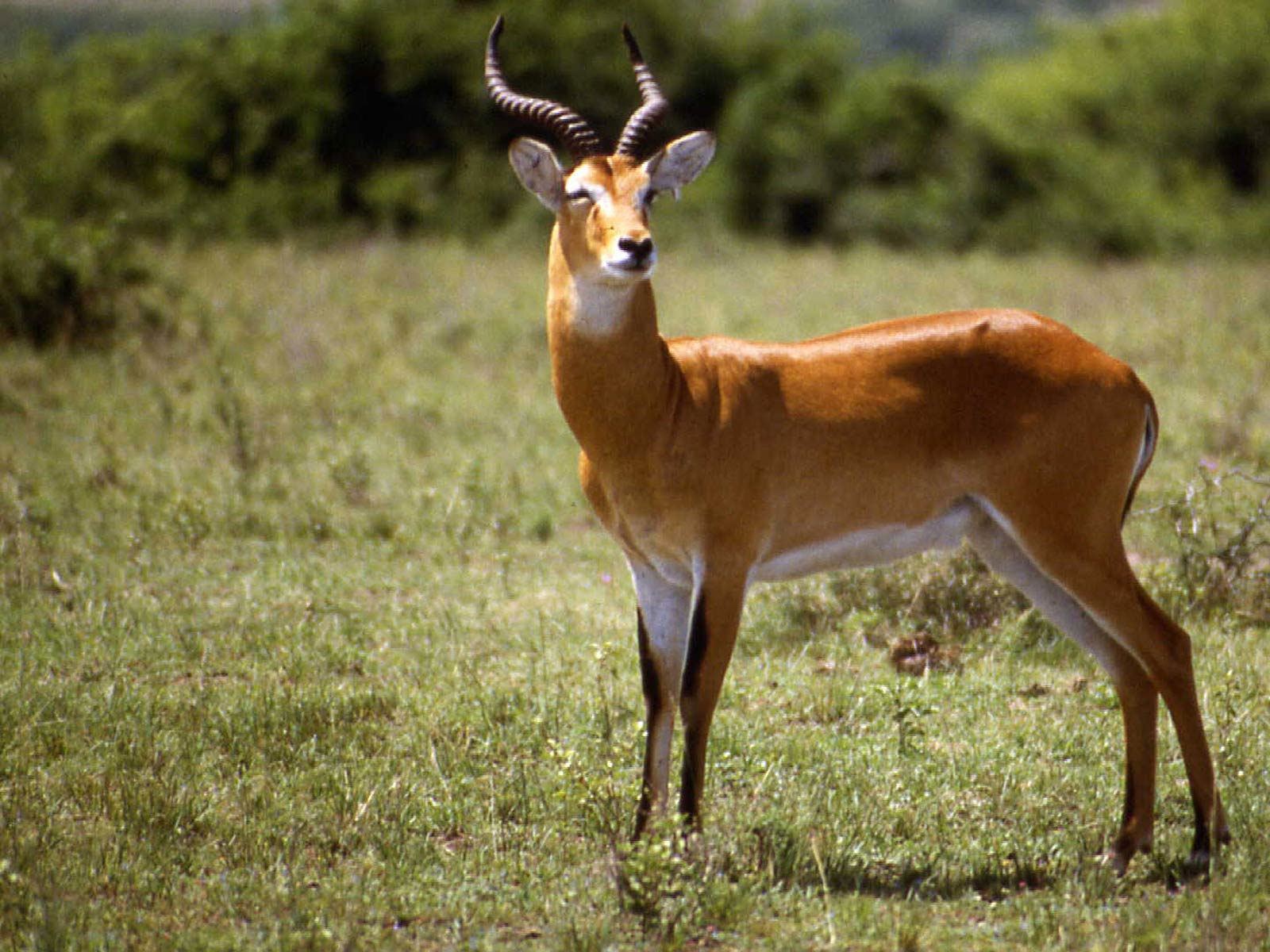
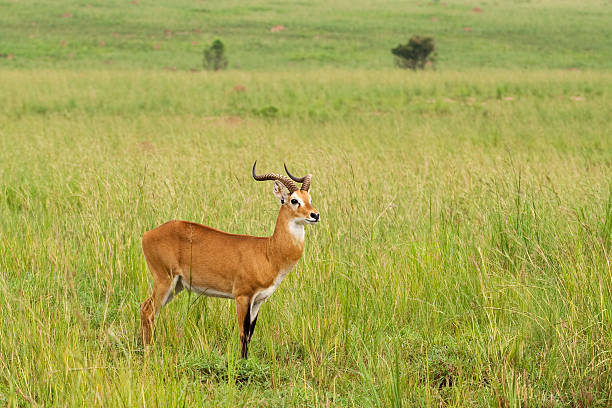
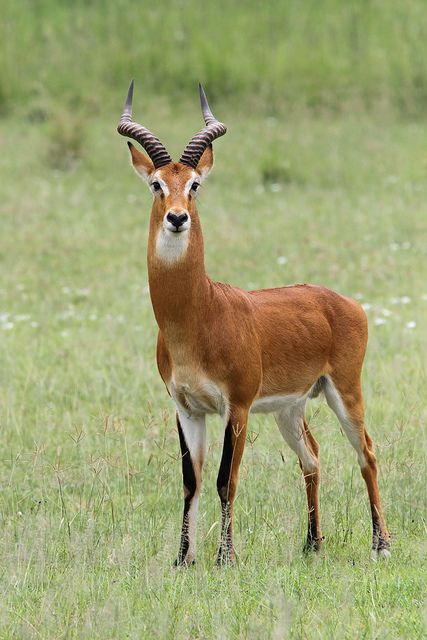
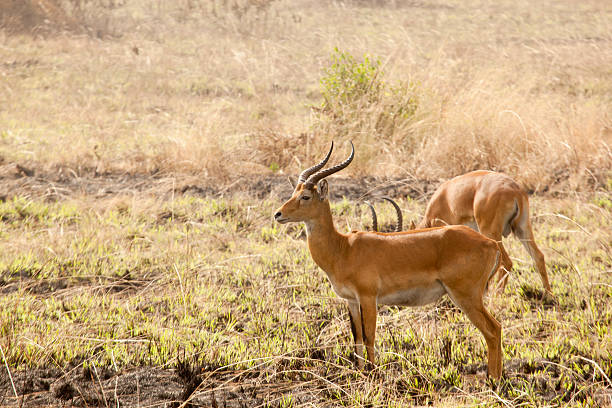
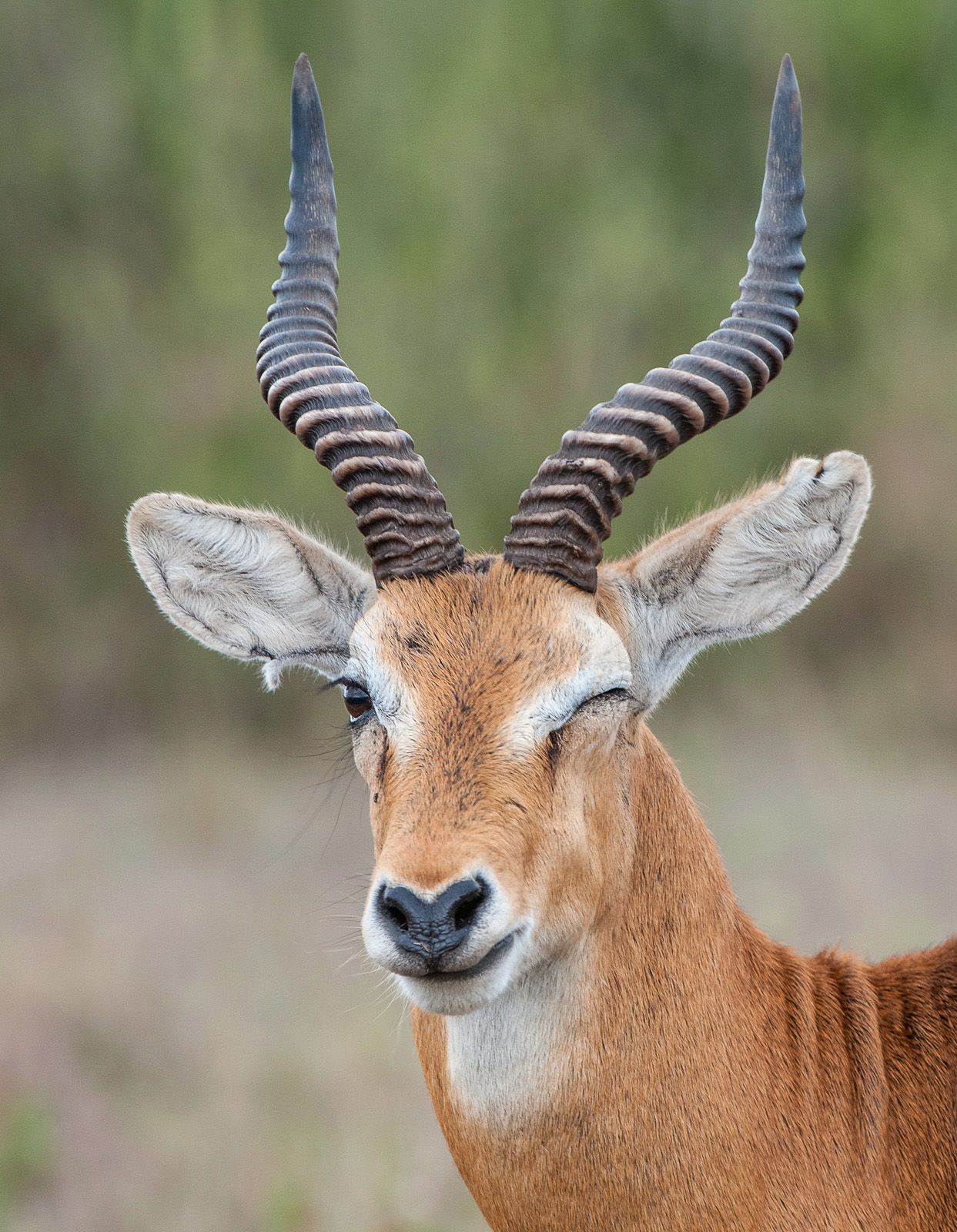

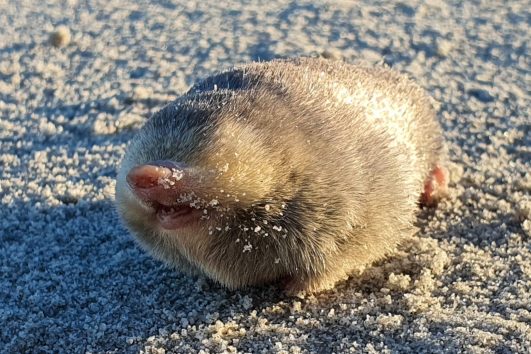
Tour Reviews
There are no reviews yet.
Leave a Review